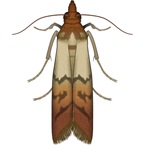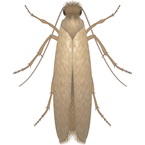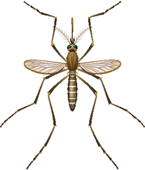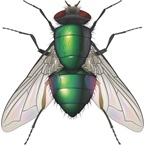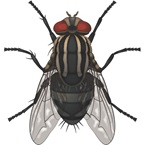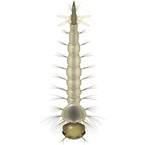Species category: Flying pest
Scientific Name: Culicidae
Description:
4 species covered:
- Anopheles balabacensis
- Anopheles gambiae
- Anopheles stephensi
- Anopheles maculatus
Adult mosquitoes have slender bodies which are divided into three sections: head, thorax, and abdomen. The head specializes in feeding and acquiring sensory information whiles the thorax for locomotion, and the abdomen for food digestion and egg development.
The Anopheles mosquito can be identified by their typical resting position where their abdomens stick up in the air rather than parallel to the surface on which they are resting.
Behaviour:
Most Anopheles mosquitoes are active at dusk and at dawn, and some are active at night. They are weak flying insects and become inactive in windy conditions.
Only female mosquitoes feed on blood for the development of eggs. It can lay about 50-200 eggs per oviposition. Eggs are laid singly on water and will hatch within 2-3 days. In tropical conditions, it takes 10-14 days for the eggs to develop into adults.
Female mosquitoes can live up to a month whereas males live for about a week.
Region:
Found worldwide except Antarctica.
Habitat:
Larval and pupal stages are aquatic. Breeding sites may be very small - transient pools of water close to houses or ponds and streams nearby. Mosquitoes are most commonly found outdoors, often close to the place they emerged.
Risks:
Apart from being a pest, infected female Anopheles mosquitoes can transmit life-threatening diseases especially Malaria when it feeds on a host.

